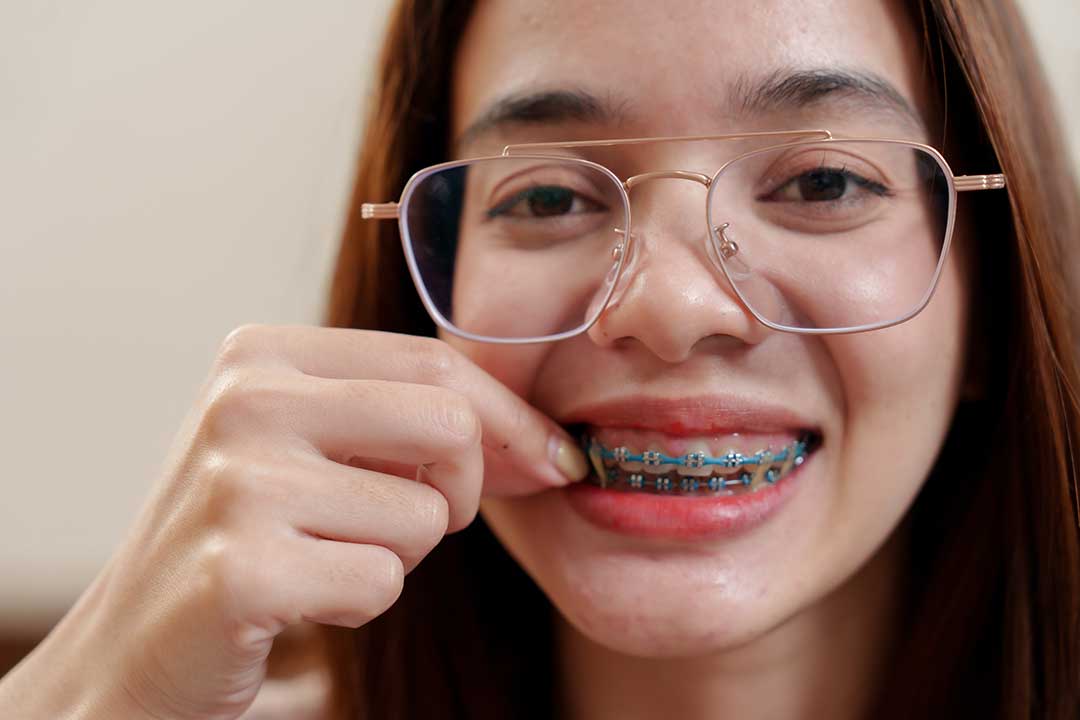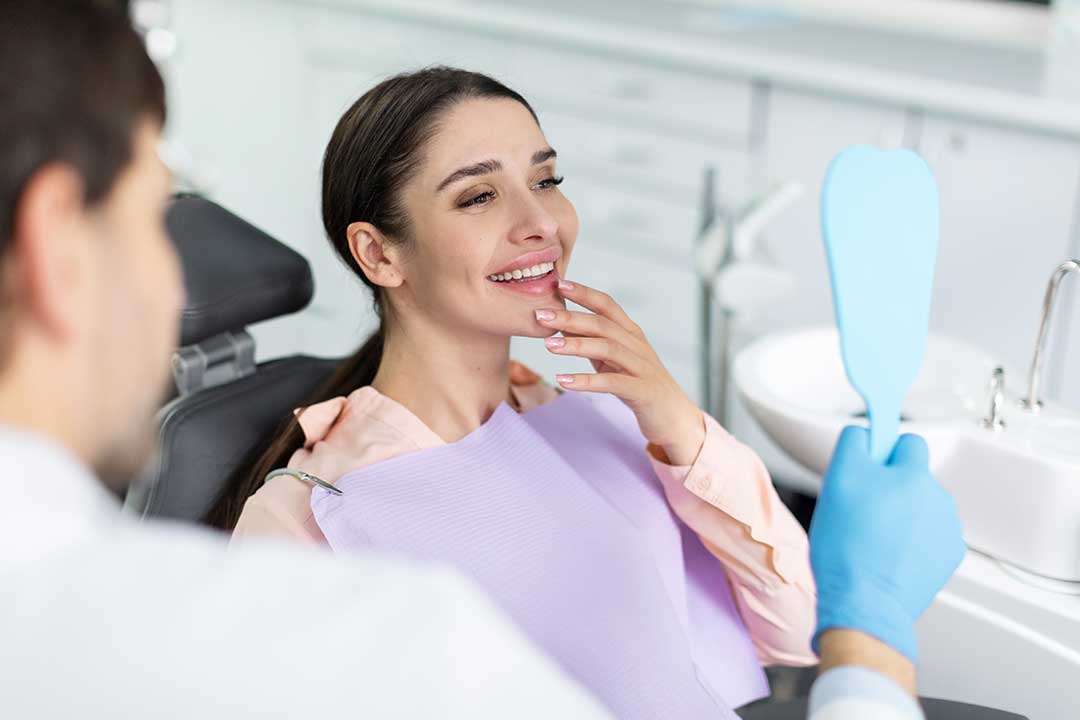You brush and floss regularly, yet your teeth still have a yellowish tinge. If this sounds familiar, you're not alone. At Drs. Nicolas & Asp Centers, we see patients who have come to us with concerns about tooth discoloration despite consistent oral hygiene.
Today, let’s look into the factors that contribute to tooth yellowing, discover how you can prevent further discoloration, and explore ways to restore their original luster.
Understanding Tooth Anatomy and Color
The natural color of our teeth is determined by the interplay between our enamel and the underlying dentin layer. Our enamel, composed of tightly packed hydroxyapatite crystals, is naturally translucent, reflecting and refracting light.
Despite being stronger than our bones, the enamel is susceptible to wear and tear. Since it lacks living cells, our bodies cannot repair chipped or cracked enamel. As it gradually wears down over time, more of the dentin's yellowish hue shows through, altering the overall color of our teeth.
Additionally, other factors can accelerate tooth discoloration:
Why is brushing alone may not be enough?
While brushing is crucial for removing surface stains and plaque, it may not be enough to eliminate all discoloration, especially intrinsic stains that have penetrated the tooth enamel. Additionally, the abrasiveness of some toothpastes can contribute to enamel erosion, revealing more of the yellowish dentin underneath.
How can you prevent further teeth discoloration?
What dental treatments address tooth discoloration?
Scale & Polish
In-office Teeth Whitening
Home Whitening
Composite Bonding
Porcelain Veneers
Replace Old, Discolored Fillings
If you're struggling with tooth discoloration, don't hesitate to schedule a consultation. We'll assess the cause of your tooth discoloration, discuss your options, and recommend the safest and most suitable treatment plan to help you achieve a radiant, healthy smile.


